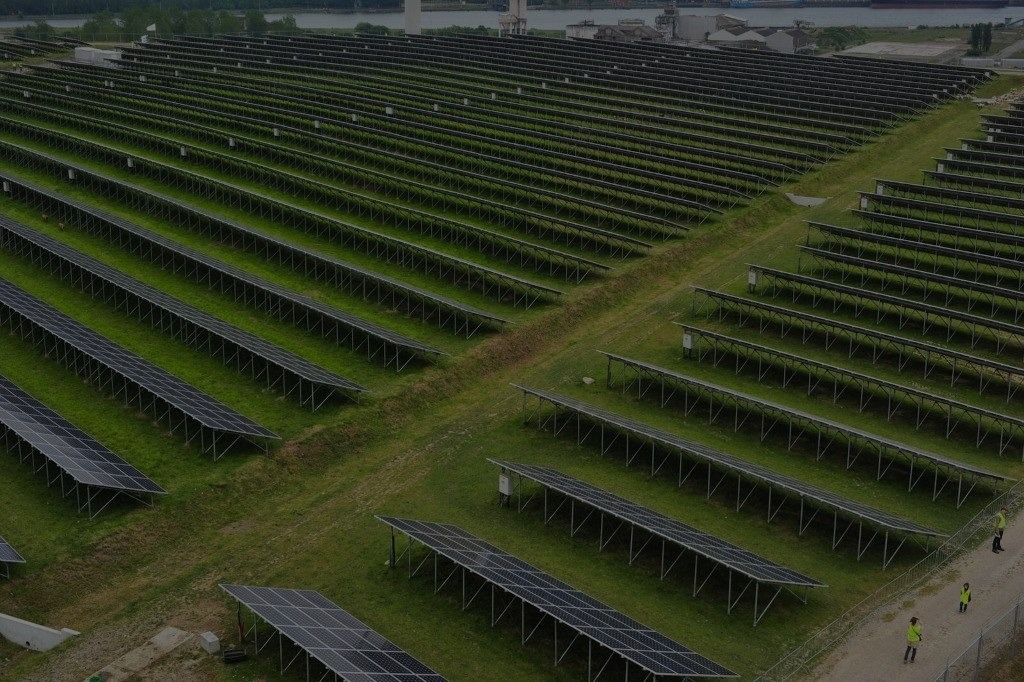When President Trump outlined his national security strategy last month, he noted that some politicians of the past “put American energy under lock and key.”
As the Trump administration carefully weighs how to respond to calls to impose tariffs on solar panel imports, the president has a unique opportunity to fulfill his clear vision for American energy and economic dominance.
He can continue to grow solar jobs, lay the groundwork for an energy future around electricity storage and grid integration, and stand up to China. However, this is only possible if he makes a decision that also protects U.S. innovators and employers.
Regardless of one’s opinion of tariffs, they’re not all created equal. The president has multiple options available to him in the final weeks of the Section 201 solar trade case. He can decide to impose a direct tariff on imports from China. He can decide against pursuing tariffs overall. Or he can make a tougher, but far more decisive call, one that takes into account how all-American companies will be hit hard with a broad tariff in place.
While certainly not the president’s fault, this case has been deeply flawed from the outset. The two solar panel companies that initiated the case are failed, bankrupt companies. One of the petitioners is China-owned. At their peak, both companies employed about 1,200 workers, only a tiny proportion of the solar industry’s total employment of more than 260,000 workers. The larger total includes manufacturing jobs that our company helps to support, with steel and other related alloys from Pennsylvania, polysilicon from Michigan, wiring from Tennessee and transformers from Wisconsin.
One available option is the sale of import licenses that increase the cost of imports, primarily from Chinese companies, while using the licensing fees to support U.S. manufacturing and R&D. Revenue from the sale of import licenses can directly support companies that are committed to innovation, sound business practices and creating the solar technology of the future. Under this scenario, the U.S. wins and China loses.
In addition, the Trump administration can provide an exclusion for distinctive solar technologies that are fundamentally different than what Chinese companies are manufacturing today.
There’s recent precedent here: Thin-film solar modules are already exempted from any tariffs or quotas in this trade case. SunPower makes a similarly distinctive technology, developed and designed in the U.S. and unmatched by low-cost Chinese competitors. Yet we are at risk of being subject to the same tariffs as Chinese companies under scrutiny.
The pace of technological change in the solar industry is as dynamic as it has ever been. That pace and competitiveness have made many players in our industry more efficient and better able to respond to market forces. Beyond new jobs created, the administration has an opportunity to help advance grid integration and support the development of solar storage systems.
U.S. companies must never give up a technological advantage, particularly when it comes to the unique solar technologies that reflect continuing American leadership in research and innovation. Solar is on track to meet 10 percent of American energy needs by the year 2025. If we don’t protect the technological ingenuity of our leading companies, we are ceding the future of solar to China.
Above all, President Trump has the opportunity to turbocharge exponential solar growth on his watch. He has inherited a thriving, rapidly growing U.S. solar industry that the Bureau of Labor Statistics says will add more employees than any other industry over the next 10 years.
While a broad tariff will work against U.S. companies, a more nuanced approach that keeps Chinese companies in check, while protecting jobs and innovation within our borders is a decision that is consistent with the president’s national security strategy. It’s the right move at the right time for an economy that will only benefit from a solar strategy that puts American jobs and ingenuity first.
Source: http://thehill.com/opinion/energy-environment/368750-how-trump-defies-his-critics-on-solar


